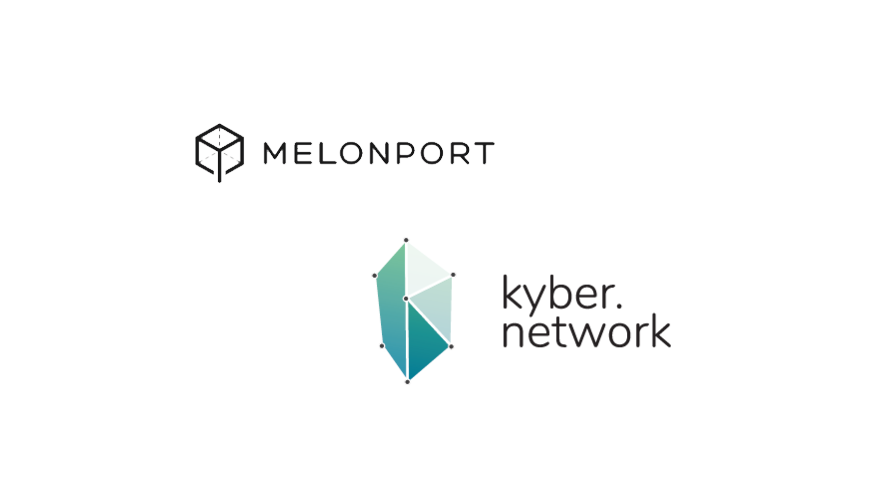Melon, a decentralized, public infrastructure for on-chain asset management on the Ethereum blockchain and Kyber Network, an ecosystem for decentralized token swaps today announced the successful integration of Kyber’s on-chain liquidity protocol with Melon’s on-chain asset management protocol.
By tapping into the Kyber Network (KNC), Melon users will now be able to access a wider pool of crypto assets as they will be able to trade on Kyber as well as OasisDex and 0x. Melon users will be able to trade on one or more or even all of these exchanges at the same time. This signifies a meaningful step in terms of improving liquidity for crypto fund managers.
“It’s exciting to see the larger on-chain financial ecosystem starting to fit together. We all started off focusing on our little niches. Almost two years later, bridges are being built to link complementing technologies making the ecosystem stronger, more robust and more valuable to the end-user.”
Another notable aspect of this integration is that Melon (MLN) users can now look at an aggregated order book of Radar Relay, ERCDex, OasisDex, and Kyber, giving users not only more choice about where to buy crypto assets but also better information about prices.
While integrating Kyber onto the Melon protocol as a liquidity provider, Melon explored the interesting possibility of using Kyber as a price source. Kyber is actually a network of liquidity reserves and already has an inbuilt mechanism for working out the best price among all the existing reserves. Not only is this price algorithmically guaranteed to be the best price, but there are also additional features which prevent price manipulation.
“The integration between Melon and Kyber is a strong example of how on-chain protocols can naturally work with each other to enable a decentralized yet connected financial ecosystem. The fact that both protocols are built on-chain allows seamless integration without much technical and security overhead. Moving forward, we welcome other applications to leverage on our liquidity protocol to enable various combinations of decentralized value exchanges within their own application that are otherwise impossible.”
How does Melon integrate new exchanges onto its platform?
Melon has a modular architecture, which makes it relatively simple to integrate a new exchange with our protocol through an exchange adapter. An exchange adapter is basically a smart contract that acts as a bridge between the Melon fund and the exchange. It handles the logic for the making and taking of orders while maintaining the integrity of the fund. This is the smart contract interface it follows.
For a new exchange type to be integrated, an adapter contract following the interface should be written containing the code for logic for handling orders. The integration with Kyber was slightly unusual since Kyber does not have an order book. So in this case, Melon had to aggregate prices from Kyber to create an artificial order book. Melon welcomes more integrations in the future.
